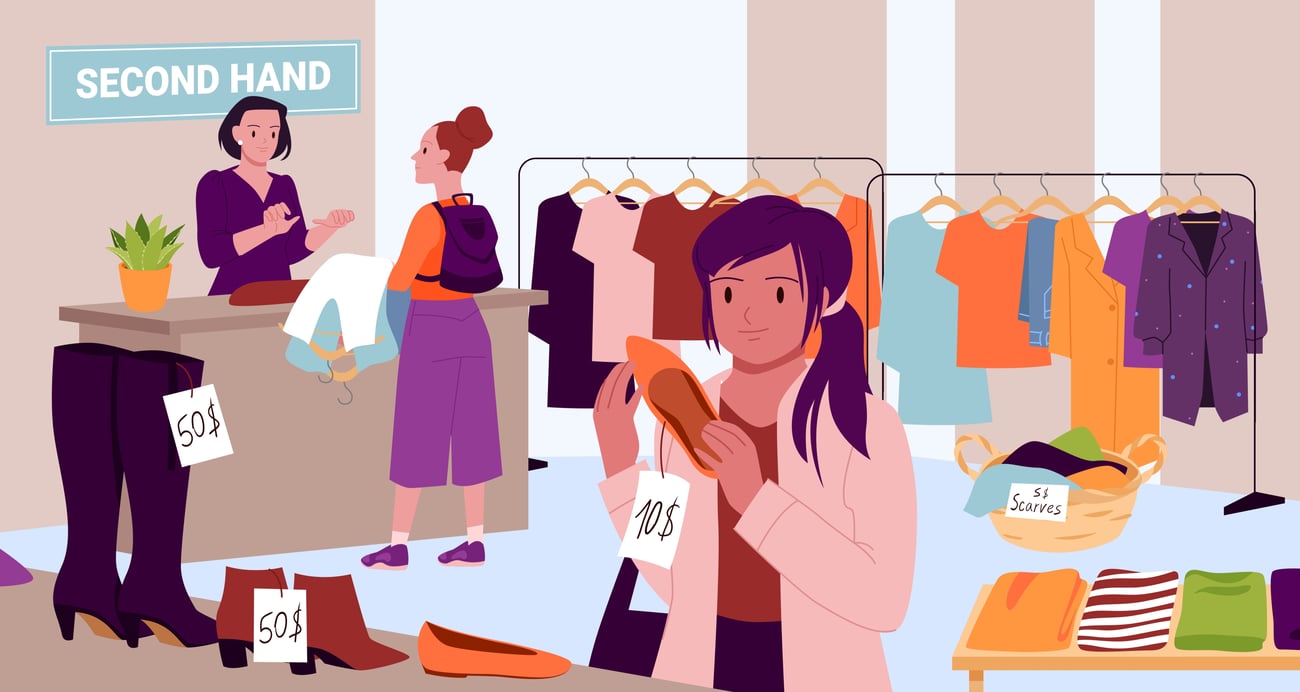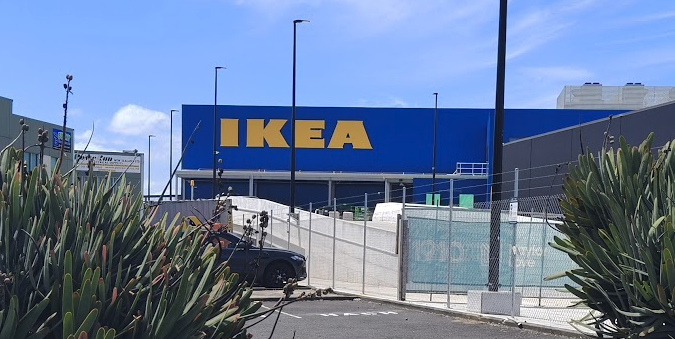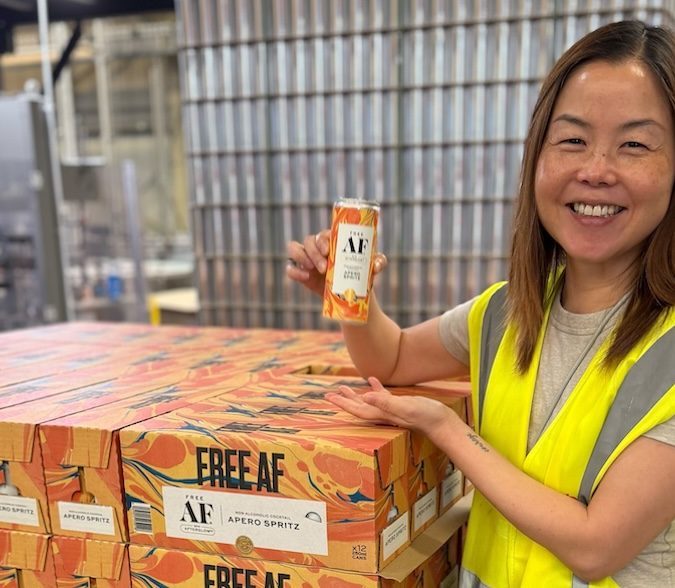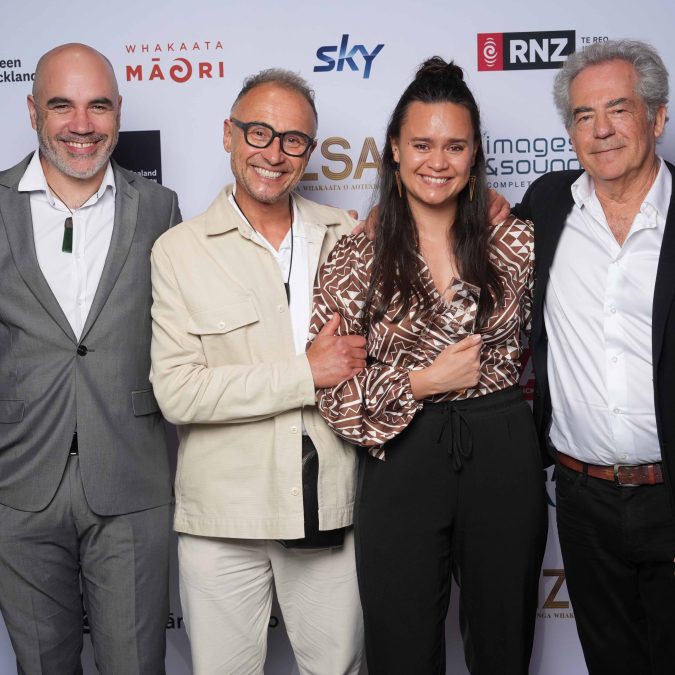
With the retail world undergoing a significant transformation in response to the rising cost of living and the global sustainability challenge, it comes as no surprise that this evolution is taking place to meet the demands of New Zealanders. But where exactly is the retail landscape heading?
The global second-hand industry is predicted to value $350 billion by 2027 according to one of the US’s biggest consignment company thredUP. And in New Zealand that is really picking up.
In a survey conducted by online marketplace Designer Wardrobe, majority of Kiwi respondents are already purchasing second-hand.
Online marketplace Designer Wardrobe seems to know where the retail world is going after recording a gross transaction volume of $1 million a month post-pandemic.
CEO and Co-Founder of Designer Wardrobe, Aidan Bartlett says the growth of the company over the past few years has been because of the shift in attitude amongst customers.
“This survey reaffirms the notable surge we’ve witnessed in the realm of second-hand shopping, highlighting the ever-increasing savviness of our members who appreciate the multi-faceted advantages of embracing pre-loved,” he says.
Bartlett adds that due to the major shift in purchasing second-hand, the survey came about to find out the main driving factors for the change.
The survey revealed that the primary motivations to second-hand shopping in New Zealand is affordability (87 percent), style (46 percent) and sustainability (43 percent).
Read more: Potatoes and precious metals star in MOTAT’s sustainability showcase
“People are becoming a lot more aware of what goes into making a garment. For example, to make a typical pair of jeans is 15 to 20 gallons of water,” he reveals.
That is a lot of water when it is estimated that one person needs one gallon of water per day.

“That’s sort of becoming a driving factor in terms of sustainability is becoming more important to people in terms of their buy,” adds Bartlett.
“They know if they buy second-hand, they’re sort of creating longevity with a single garment rather than purchasing something new.”
And it is not just Designer Wardrobe that are now being a part of the sustainable conversation, it is every retailer wanting to be a part of the picture.
“Retailers are wanting to join the conversation about transparency, not just providing second-hand options but also providing more visibility on what goes into creating a garment,” he says.
Not only is the sustainability aspect a no-brainer to why second-hand is becoming so popular, but it is also a method of smart shopping.
With the rising cost of basically everything, Bartlett says he is seeing an increase in second-hand purchasing due to their cheaper options, which is how they continued to see success post-pandemic.
Consumers have been able to purchase items marked down from 50 to 60 percent off.
But second-hand shopping has been around for decades, why is it picking up now?
Some may say it can be attributed to the hit song, “Thrift Shop” by Macklemore back in 2013, but really, the retail environment is just changing.
Just like the shift from brick-and-mortar stores, to purchasing online as a result of the pandemic lockdowns, the demand has shifted once again, with consumers wanting quality goods for a lower price whilst also thinking of the planet.




